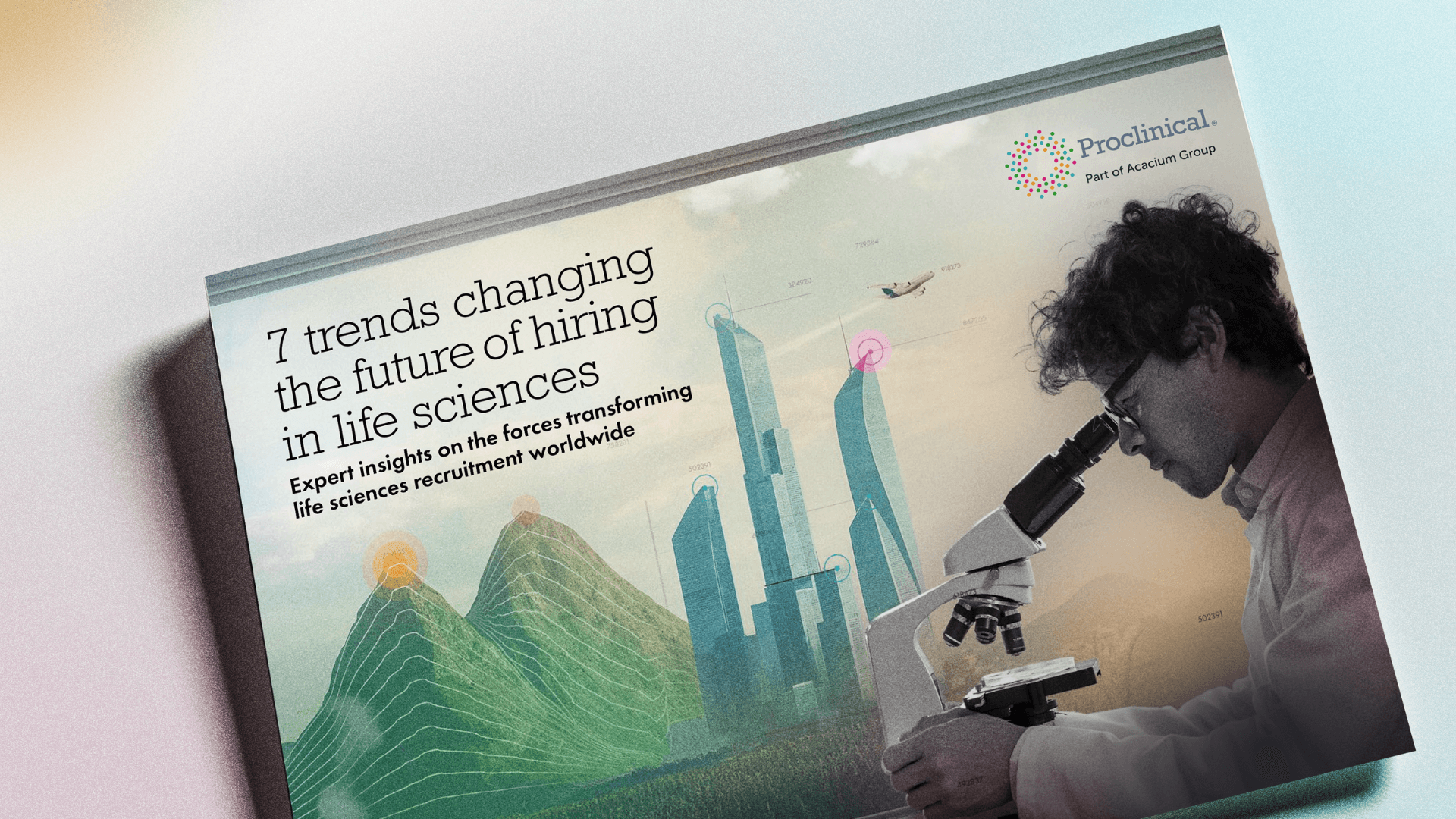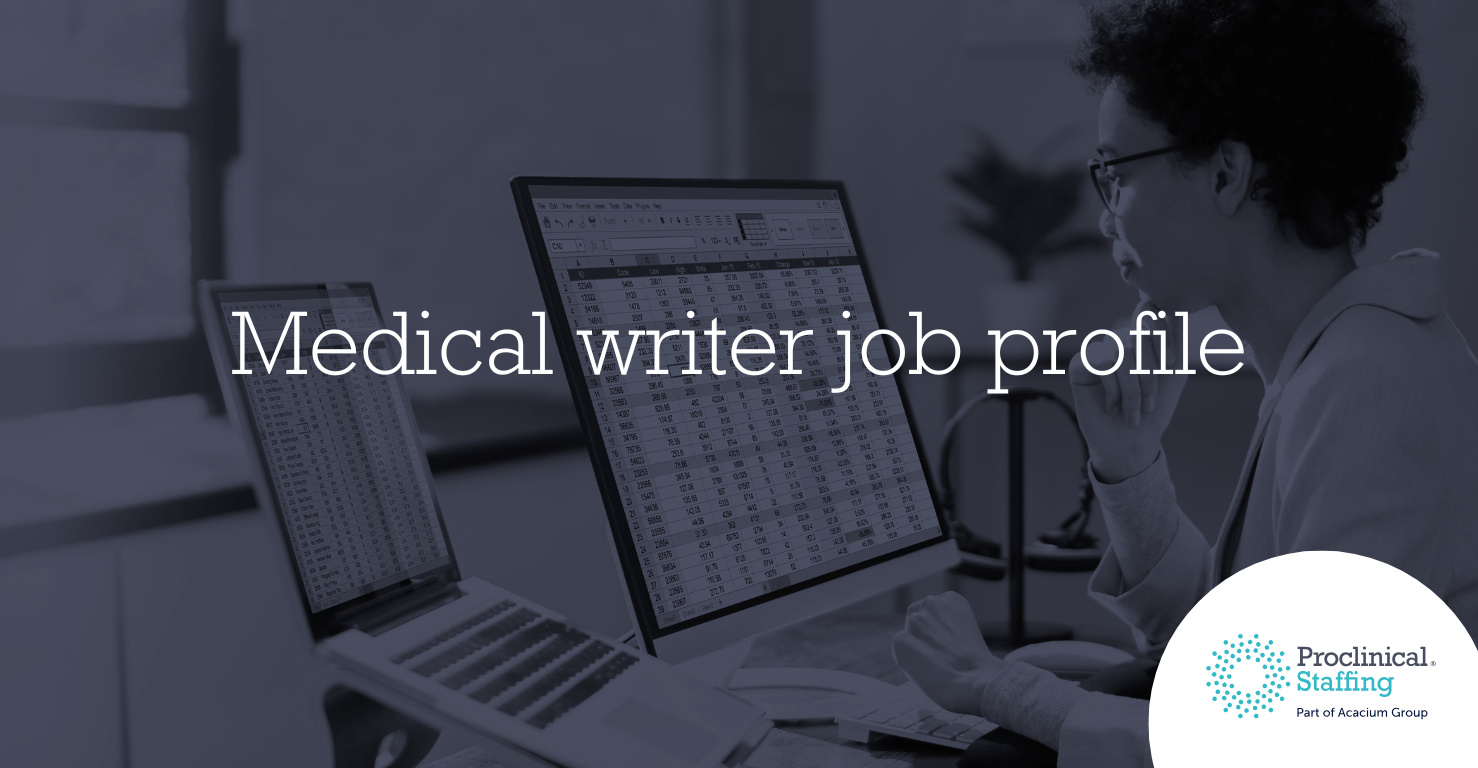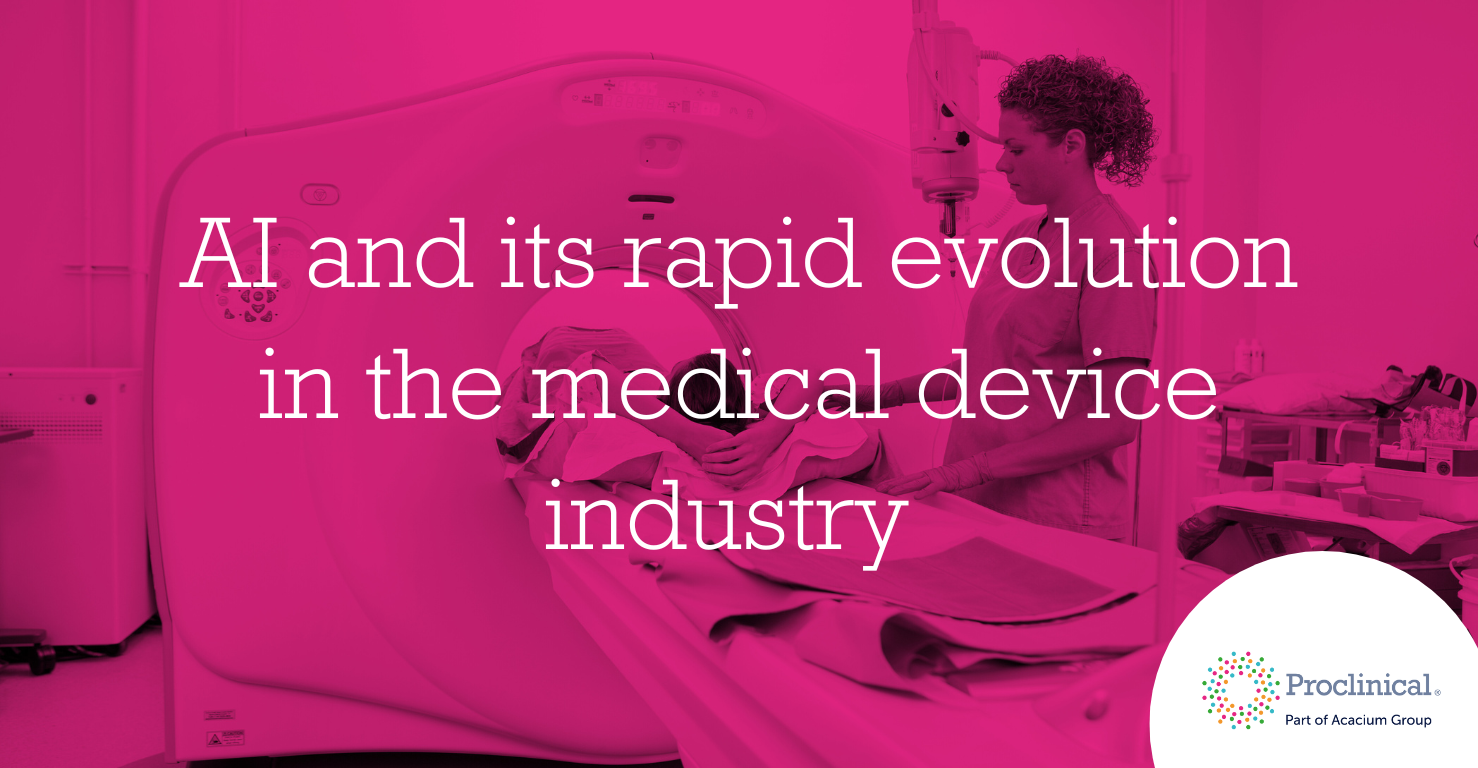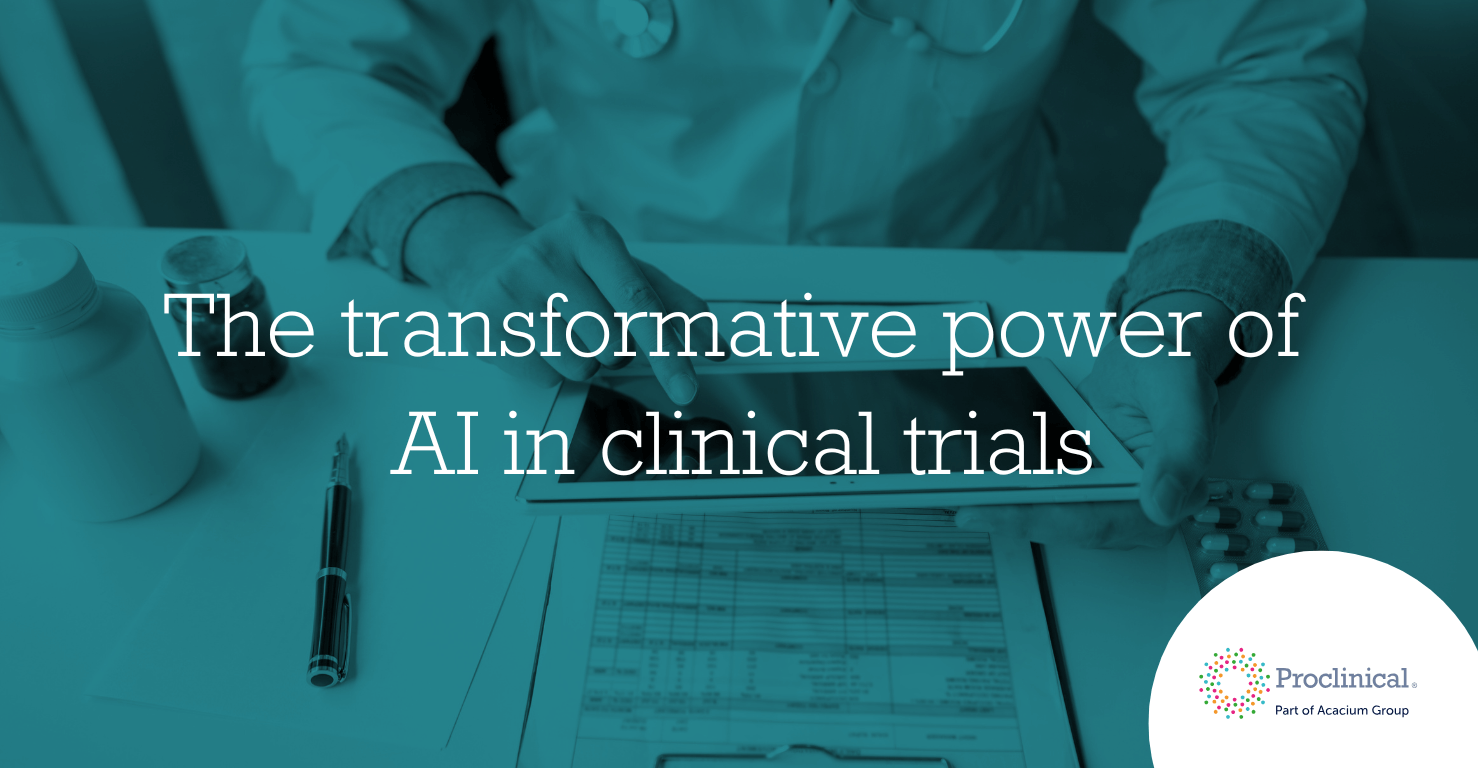Deciding to work in statistics within pharmaceuticals can be an excellent career move for several reasons. The role of statisticians is becoming increasingly vital within the life sciences industry, and with increased reliance on biometric data by pharma companies, the number of available biostatistician jobs are on the rise. Here's our advice for anyone looking to apply for statistician jobs in pharma.
A recent study by PayScale and MONEY found that Statistical Analysis System (SAS) skills came top of a list of the most in-demand skills for employers. And like many other industries, life sciences is finding the role of statisticians to be increasingly important, meaning that biostatisticians are in very high demand. The amount of biometric data being collected in clinical trials is growing all the time, and with the increasing role of digital health technology, this is only set to continue.
Many of us desperately want a career that makes us feel as though we are making a difference. Working in a statistician or biostatistician job within the life sciences industry, particularly pharma, allows you to do this. You would be safe in the knowledge that your input during clinical trials, and other drug development processes, can work towards the creations of innovative, life-saving drugs and treatments. The top 10 pharmaceutical companies, such as GlaxoSmithKline and Gilead, are dedicated to developing safe and effective treatments for the world’s most critical diseases. By analysing data from clinical trials you will be feeding directly into this crucial research, helping to pave the way towards medical breakthroughs that could affect thousands of lives.
What would be my responsibilities be in a statistician/ biostatistics job?
As a biostatistician or statistician, there are several similar job responsibilities, including:
- Developing statistical analysis plans
- Writing statistical methodology
- Writing the results section of reports to present to senior management and clients
- Preparing and delivering training to internal staff and clients
- Provide statistical support to clinical/manufacturing processes and operations
- Bring statistical expertise to strategy/decision-making meetings
- Advise on SOPs (standard operating procedures) from a statistical point of view
Biostatistics jobs within pharma focus primarily on analysing clinical trial data. This could be during any phase of a clinical trial and could analyse a range of data from age to adverse reactions. Some may be responsible for monitoring the methodology of experiments or even designing the experiment plans. Many biostatisticians will specialise in a particular therapeutic area, such as oncology or HIV, or a phase, like phase III or preclinical. Many companies will seek candidates with specific experience because they will have a good idea of what to expect, what methods of analysis are most effective and what regulations may apply.
What training and qualifications are needed?
As a minimum, to qualify for both statistician and biostatistician jobs, you will need to have a bachelor’s degree in statistics or a mathematical-based subject. There are options to study a vocational degree in biostatistics but this is not always necessary to move into this field, although a more direct pathway. Related degrees could include toxicology, biology, microbiology and geoscience. Experience in statistical programs such as Statistical Analysis System (SAS), CDISC and SDTM, as well as having strong knowledge of standard operating procedures (SOPs) and statistical principles, will be vital to your day-to-day activities.
What is the best way to get a biostatistician job within pharma?
If you don’t have a degree in biostatistics, going from a non-pharmaceutical statistics job straight into a biostatistician role might prove tricky. Having a higher level of education, especially in a scientific subject, is especially sought after in this field. Indeed, many biostatisticians will go on to obtain Master’s and PhDs.
What does career progression look like?
Career progression usually has a clear structure but the situation will depend on the company you are working for. On the whole, the levels are statistician, senior statistician and principle statisticians, with roughly 4 years’ experience needed to progress between each stage. As a principle statistician, you will be leading projects and the role will be a lot more client-facing. Beyond this, you can look to progress into a manager, director, associate director or even the head of biostatistics.
Being able to communicate well, work independently and adapt to change as you progress will stand you in good stead for a successful career as a biostatistician within the pharmaceutical industry.



.png)





.png)

.png)
.png)

.png)
.png)












